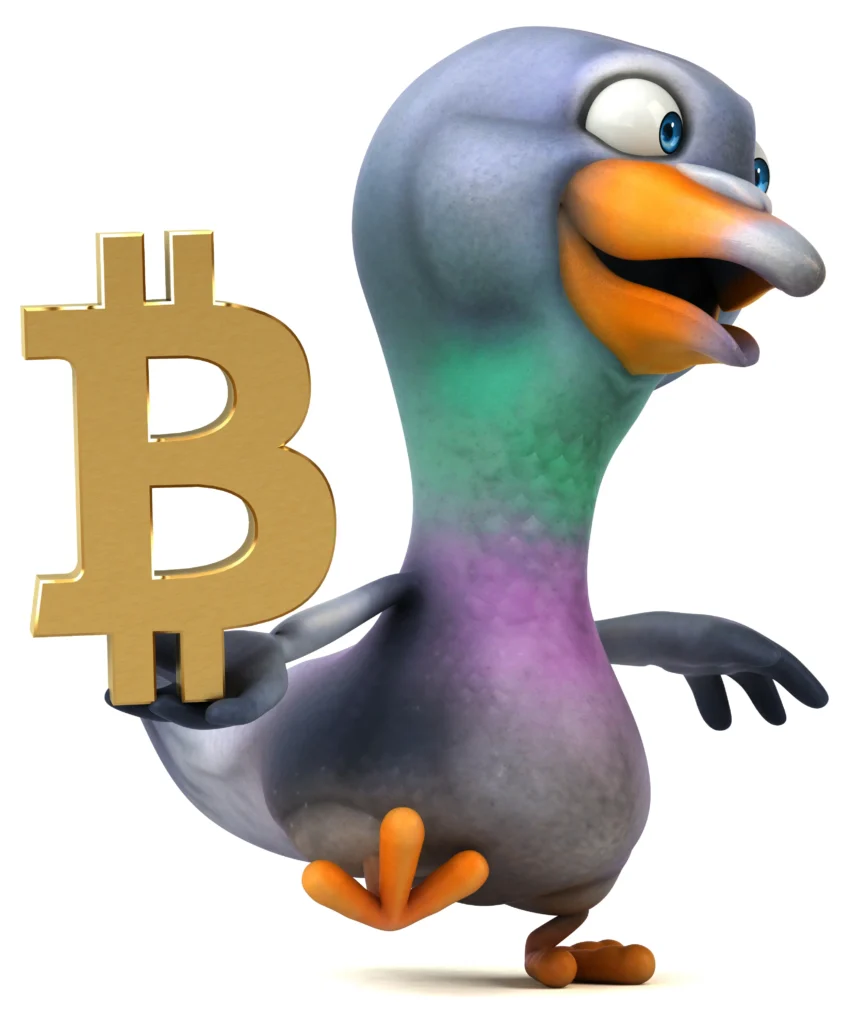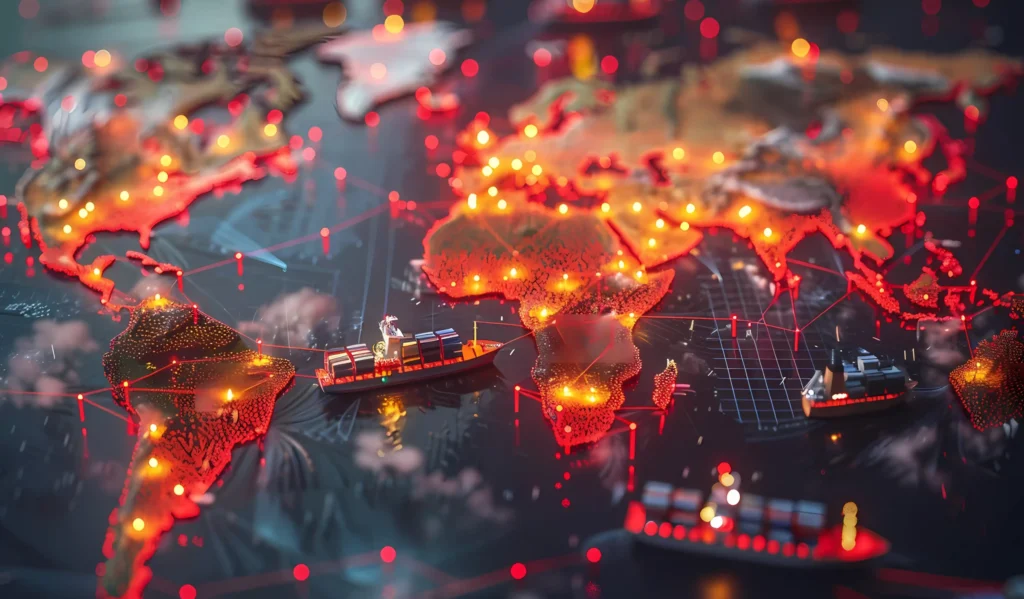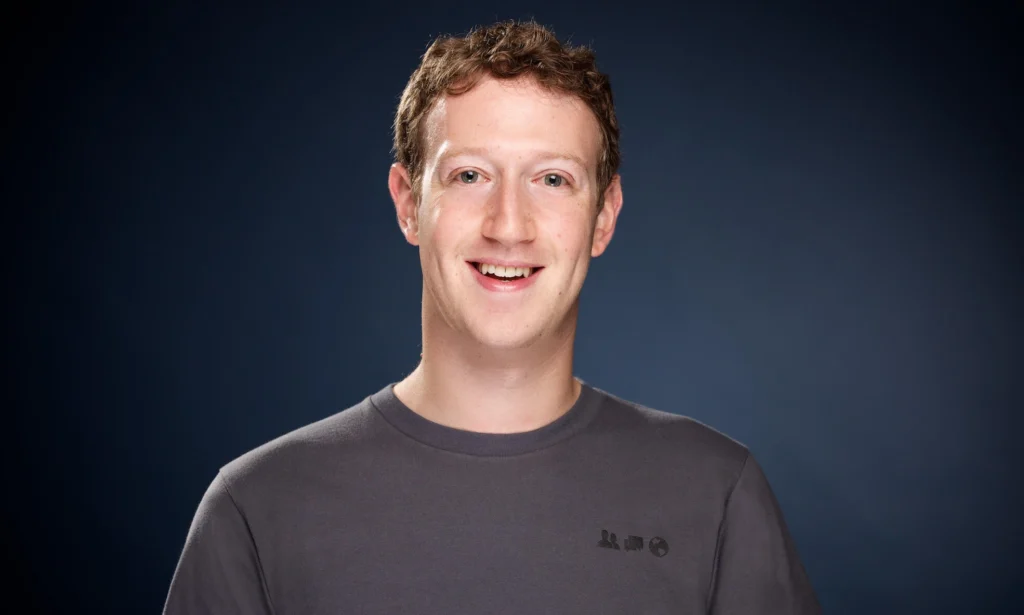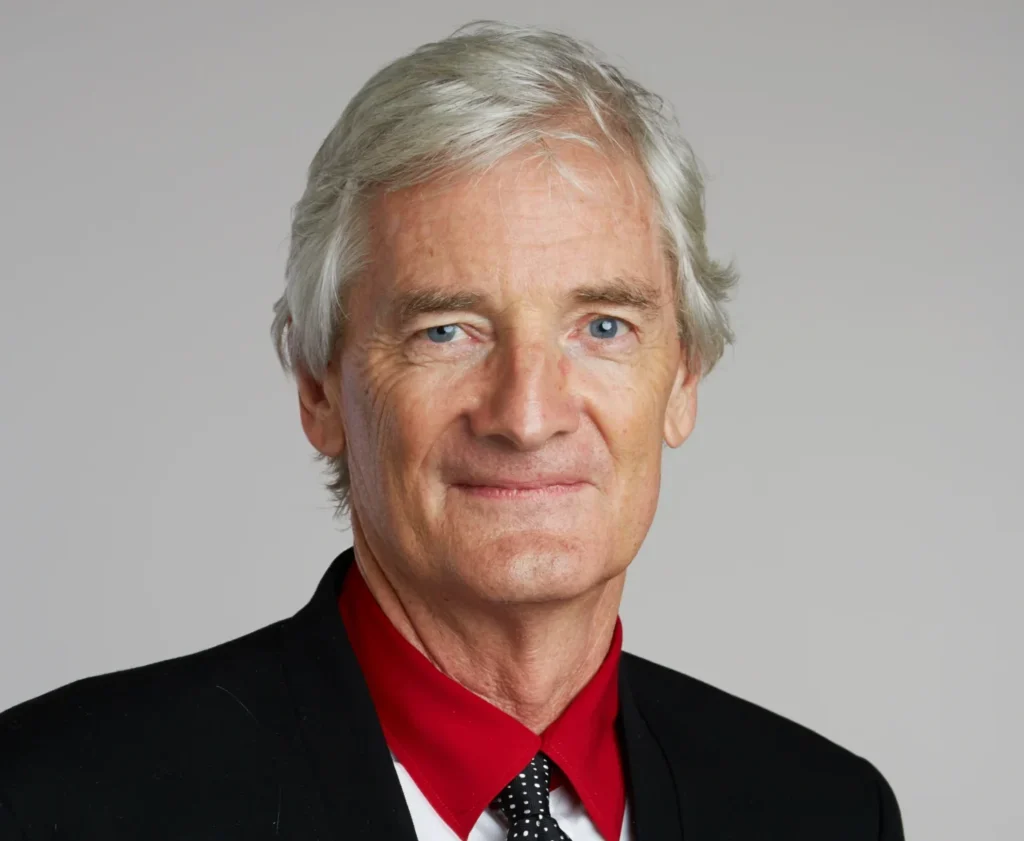Digital Assets, Blockchain, and Web3 Integration
The Dawn of a New Economic Language
By Marina Ezzat Alfred

In the heart of a region that has long understood the rhythm of trade winds and the value of innovation, the United Arab Emirates now stands at the threshold of another great transformation, one that transcends borders, currencies, and even the concept of money itself.
It is no longer merely about digitalization or efficiency; it is about redefining the very fabric of value. The dialogue around digital assets, blockchain, and Web3 integration has grown from hushed conversations in innovation hubs to global discussions led by ministers, regulators, and visionaries. And at the center of this movement, glows the promise of the Digital Dirham, set to emerge in Q4 2025, a quiet revolution wrapped in code and trust.
The Story of a Currency Reborn
Once, currencies were bound by paper, by ink, by the weight of the metal that backed them. But the world has changed. Today, value flows as freely as light, across borders, screens, and blockchains.
The Digital Dirham (CBDC), envisioned by the UAE’s Central Bank, represents more than technological advancement; it symbolizes confidence reborn, a nation reaffirming its role as a global leader in digital finance. It’s the bridge between centuries of trade heritage and the architecture of tomorrow’s economy.
As the world watches, the Digital Dirham promises to weave trust into every transaction, security into every exchange, and efficiency into every layer of financial infrastructure. It is not just currency in digital form, it is policy meeting possibility.
The Pulse of a New Financial Ecosystem
Across the UAE’s innovation corridors, from Abu Dhabi Global Market to Dubai International Financial Centre, the conversations have taken on a new urgency.
Words like tokenization, decentralized finance, and cross-border interoperability no longer belong to the language of technologists alone; they have entered the lexicon of policymakers, bankers, and entrepreneurs.
In global summits and specialized forums, discussions are converging around a set of transformative ideas that are redefining the financial landscape. The conversation begins with tokenized finance, where traditional assets such as real estate and commodities are being reimagined as digital tokens, fluid, divisible, and capable of moving seamlessly across global markets. This evolution is not just technical; it represents a fundamental shift in how value can be exchanged and accessed.
Equally central is the growing institutional adoption of decentralized finance (DeFi). What was once an experimental arena for crypto enthusiasts is now being structured and regulated for large-scale investors. Institutions are no longer observing from the sidelines; they are stepping into DeFi’s ecosystem with frameworks that balance innovation with compliance, creating a bridge between decentralization and traditional finance.
Running parallel to this is the pursuit of cross-border compliance, a topic that sits at the heart of every major policy discussion. As financial systems become more connected, the challenge lies in ensuring that innovation remains rooted in trust, regulation, and accountability. The goal is clear: to safeguard transparency without stifling progress.
And underpinning all these themes is the emergence of a Web3-native workforce, a new generation of professionals fluent in blockchain technology, digital governance, and the ethics of decentralization. These individuals represent the human foundation of the new digital economy, ensuring that the systems of the future are built not only on code, but on conscience.


Each of these discussions is a thread in the wider tapestry, a collective vision of a future where finance is not confined by geography, but defined by transparency and access.
The Language of Trust in the Digital Era
Trust has always been the silent currency of civilization. In the old world, it lived in handshakes, signatures, and seals. In the digital era, it resides in blockchain.
At its core, blockchain technology reimagines trust, replacing intermediaries with immutable ledgers, and paperwork with proof. It invites individuals and institutions alike to engage in a system where transparency is not optional, but inherent.
This is what gives the rise of digital assets such profound significance. They are not speculative novelties; they are expressions of a new social contract between technology and trust. And in the UAE, this evolution is not happening by chance, it is being crafted, regulated, and architected with precision.
By the time the Digital Dirham becomes reality, the nation’s regulatory ecosystem will already be one of the most advanced frameworks for digital asset governance in the world. It’s a balance of innovation and prudence, a rare equilibrium that defines the UAE’s leadership style in this new frontier.
From Blockchain to Web3: A Human Revolution
Web3 is often described as the next iteration of the internet, decentralized, user-owned, and community-driven. But beneath the technical layers lies something more poetic: it’s the democratization of ownership.
Imagine an artist in Sharjah who can sell her digital painting directly to a collector in Tokyo, verified through blockchain. Or a student in Dubai building an application that rewards users for sharing knowledge instead of data.
These are not futuristic dreams; they are glimpses of what a Web3-native world could look like, one where creativity and contribution become currencies of their own.
The UAE’s approach to this transformation is uniquely holistic. It doesn’t isolate technology from culture. It treats digital progress as an extension of its enduring heritage, where trade, connection, and storytelling have always been central to identity.
In this sense, Web3 is not just a technical integration; it’s a cultural reawakening. It redefines participation, inclusion, and empowerment, echoing the UAE’s belief that innovation must always serve people first.
Building the Workforce of Tomorrow
No transformation is complete without the hands and minds that will sustain it.
As industries across finance, logistics, art, and real estate begin to integrate blockchain, the demand for a Web3-literate workforce grows exponentially.
Universities, accelerators, and government-backed programs are investing in education that bridges technical mastery with ethical insight. Because this new economy will not be built by machines alone, it will be built by visionaries who understand how technology and humanity can co-exist gracefully.
These are the architects of the new digital frontier, developers, analysts, policymakers, and creators who understand that blockchain’s true power lies not in decentralization alone, but in connection with purpose.
Luxury of Vision: The UAE’s Signature
Every nation dreams of innovation. Few build it with elegance.
The UAE’s journey into digital assets and blockchain is guided by something deeper than ambition, it is shaped by vision, patience, and legacy. The same precision that carved cities out of sand now designs systems out of code.
From the golden markets of old Dubai to the smart districts of tomorrow, one truth remains: trust and trade are timeless. What changes is their medium.
The Digital Dirham will be a symbol of this continuity, a modern echo of an ancient tradition. It will carry within it the DNA of Arab commerce, the sophistication of global finance, and the promise of inclusivity that defines the nation’s digital era.


